Millions of people watched in horror as a Buffalo Bills player, Damar Hamlin, collapsed on the field during an NFL game on Monday, January 2. Soon medical personnel were performing CPR and using an automated external defibrillator (AED) to restore a normal heartbeat. Hamlin was transported to a nearby hospital.
Each year, more than 350,000 Americans suffer cardiac arrest outside of the hospital — and rarely with an entire medical team on the nearby sideline. Sadly, 90% of them don’t survive.
If someone near you goes into cardiac arrest, they probably won’t have a medical team nearby. By taking time to learn hands-only CPR and how to use an automated external defibrillator, you can make a lifesaving difference.
Here are things to learn now about CPR and AEDs to be ready in an emergency.
911: The very first step
If someone near you collapses or has other signs of a cardiac arrest, the first step is to call 911. The sooner emergency medical responders arrive, the better.
Learning CPR
After you’ve called 911, you can begin cardiopulmonary resuscitation, aka CPR. During CPR, you push hard on the victim’s chest to mimic a heartbeat and keep blood moving through the body.
There are two types of CPR:
- Hands-only
- Conventional
Hands-only CPR
Anyone can perform hands-only CPR. If someone near you loses their heartbeat, it’s time to push hard and fast on their chest to help blood circulate while you wait for an ambulance. For an adult victim, try to push about 2 inches down to the beat of the song “Stayin’ Alive.”
Even though this doesn’t require formal training, it’s a good idea to watch a video now so you’re ready later if the worst happens.
Conventional CPR
With training, you can add mouth-to-mouth breathing to the chest compressions of CPR to get the victim more oxygen. You can also take classes to learn infant and child CPR.
Classes are available for the general public as well as medical professionals, who need to be certified. Each class takes a couple of hours. Online classes are available as well. The American Heart Association website has a complete list of classes available.
Understanding AEDs and how to use them
Chances are, you’ve seen an AED box on the wall of a public building. More and more, these lifesaving devices are placed in venues, schools, offices and malls.
Anyone can use this portable device to shock a victim’s heart and save a life. The AED gives voice prompts to you so, even during an emergency, you have step-by-step instructions to have the device check the victim’s heartbeat and deliver an electric shock to stimulate the heart and restore its rhythm
Although AEDs are designed for anyone to use, taking some time today to learn more about them and how to use them can make you more confident during an emergency. Online videos can preview the experience for you.
Plan now to be a superhero later
Even if you weren’t born with superpowers, a little preparation now can help you save a loved one, friend or neighbor later. The more we each take the time to learn these basic skills, the more we can improve the odds of our community members surviving a cardiac arrest.

